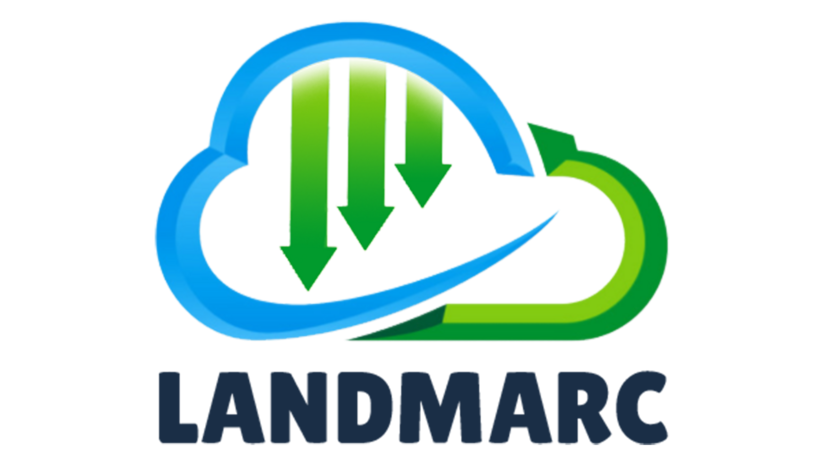LANDMARC
LAND-use based MitigAtion for Resilient Climate pathways
The GRID group is involved in three main research activities, conducted in close collaboration with the international project partners:
- The first activity focuses on analyses on the national level. Here, we will use the land-use model LandSHIFT to assess risks, co-benefits and trade-offs related to the implementation of different portfolios on LMTs in selected case studies. In this context, we will run model scenarios to scale up LMTs at the national level and help to quantify negative emissions potential as well as wider impacts on the environment and society.
- The second activity addresses the need to bridge the gap between national developments and global climate-change mitigation actions and sustainability developments. In LANDMARC, this is achieved by introducing a ‘regional perspective’ within 5 continents to support the quantitative evaluation of up-scaled LMT scenarios at the continental and global level, and to support continental level policy efforts for mainstreaming sustainable, climate resilient land management practices. In this context GRID contributes to the development and implementation of scenarios for LMTs at the continental and global scale, that take into account the findings of the national level case studies.
- The third activity targets the global scale analysis of scenarios for the large-scale implementation of LMTs and the assessment of their potential for carbon sequestration and mitigation of climate change as well as their economic and environmental impacts. Together with project partner BSC, GRID is developing a model system that combines a global version of the land-use model LandSHIFT with the earth system model EC-EARTH. Simulation experiments using the model system aim at analysing the continental/global LMT scenarios in regard of their effects on land-use change, the carbon cycle and atmospheric processes. The results will be important input data for further assessments conducted by LANDMARC partners that address the effects on economic development (e.g. GDP, jobs) as well as on potential conflicts and/or synergies of LMTs with other types of land use (e.g. agriculture) and the preservation of biodiversity.
Other project partners
- Agroinsider, PT
- Ambienta, ES
- Barcelona Supercomputing Centre (BSC), ES
- Bioclear Earth, NL
- BioRecro, SE
- Cambridge Econometrics, UK
- Cobra Collective, UK
- eLEAF, NL
- ETH Zürich, CH
- Innolab Space, C
- International Centre for Tropical Agriculture, CO
- JIN Climate & Sustainability, NL
- Öko-Institut, DE
- PT Sustainability and Resilience, ID
- Royal Dutch Meteorological Institute, NL
- Stockholm Environment Institute, SE
- TU Delft, NL
- University of Sussex, UK




